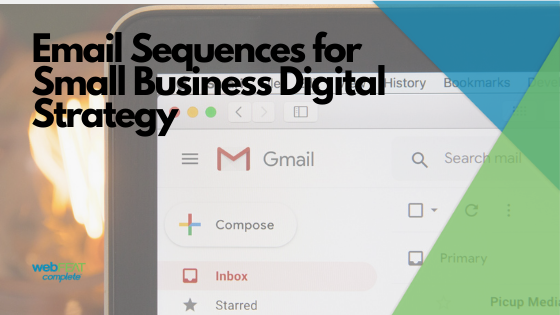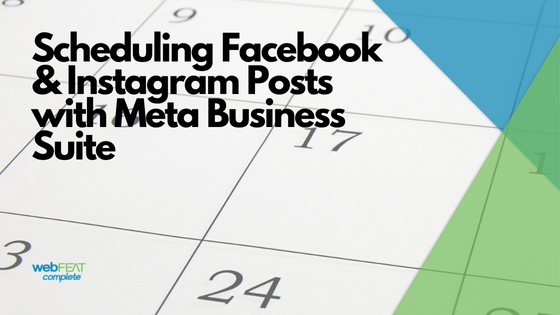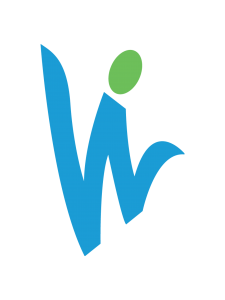It’s 3 a.m. Your dog has jumped out of your bed to investigate a noise for the fourth time that night, and is now whining loudly for you to wake up and lift him back up. You groggily hoist your pup back onto the bed, and then grab your phone. You search “dog steps for bed.” You navigate to a search result and add a doggy staircase to an online cart. Before you can hit “proceed to checkout,” you and your dog have both fallen back asleep.
The next morning you’re sitting at your desk and you get an email. The subject heading reads, “Did you forget something?” and reminds you of your dog’s annoying late-night neediness. You groan at the thought of being woken up again, so you buy the staircase. With express shipping.
When you added those dog steps to your cart but then bounced from the page, an abandoned cart email sequence was triggered to remind you to complete your purchase at a later time. That one email is what reminded you of the product’s function in your life, and was the final sales touch that ended up converting you.
What is an Email Sequence?
Simply put, an email sequence is a series of emails that trigger after certain actions, with the intent to nurture and/or convert the recipient. These emails are thoughtfully crafted to build on each other over time.
Now, in a perfect world, every one of your potential customers would read every one of your emails and they would learn everything about you and then buy from you, no problem. But, we all know how easy it is to leave promotional emails unopened. The thing is, even though open rates trend lower, email marketing does still work, and email sequences allow the repetitive sending of emails to at least be intentional and valuable. Email sequences are not spammy. They shouldn’t be saying the exact same thing every time. Each one should be crafted so that they all work together to present a largely, easy-to-digest sales narrative, but also have individual value.
How Do I Set Up an Email Sequence?
One of the beautiful things about email sequences is that they fire automatically, meaning you’re maximizing your marketing with minimum effort. There is a LOT of software with email sequencing features. Some are email marketing platforms, like Mailchimp, and some CRMs have the necessary functionality as well.
A gorgeous, well-executed email sequence will likely combine the efforts of several professional skillsets. You’ll likely need to cooperate with a copywriter, a graphic designer, or any one with experience building an email sequence. This is not an entry-level marketing technique, so at least consulting a professional is highly recommended. They will be able to give you recommendations based on your specific needs and current toolset.
Types of Email Sequences
There are tons of great ideas for email sequences. While no two are going to be alike, here are some basic examples.
Welcome Sequence
This kind of email sequence is typically fired when you receive a customer’s email, but they have not yet engaged with your product or service. It might look like this:
1. Acknowledgement of Sign-Up
When a customer first signs up for your email list, an email should immediately send saying that you have their information and that they will now be receiving your emails. Bonus points if this email is a double authorization.
2. Getting to Know You
This email should warmly welcome your new potential customers and start to introduce them to your brand personality. You can speak plainly about what you offer, but you don’t want to start hard selling just yet. Encourage them to follow you on social media, and send them some of your latest blog posts. Start establishing your customer relationship without demanding their money.
3. Establish Value
Here’s your time to shine. Tell your audience why your product or service would improve their life. Include social proof and upcoming promotions.
Product Education Sequence
This type of email sequence is especially beneficial for SaaS businesses, or any business that offers a free trial period that could be improved with product education. After a customer downloads or acquires a free trial, a daily email should fire educating them on different aspects of the product. Think of it like a “Getting Started” Manual, but broken up over emails that send every day, so you can stay top of mind and encourage them to use their free trial to learn as much as possible, while guiding them to purchase after the trial is over.
Abandoned Cart Sequence
A must-have for e-commerce businesses. The above example of doggy stairs was an example of an abandoned cart email sequence. Typically, the fire very quickly after a shopper adds something to their cart and then leaves the page. These sequences are usually very short, only 1-3 emails as opposed to the longer sequences mentioned above. They serve to remind the shopper of the items they didn’t purchase, and present them again in an appealing way.
You’ll see a lot of abandoned cart emails that use the “you forgot something” approach. You can also invoke a sense of urgency (“Don’t let these items get away!”) or a sense of familiarity (“Still need this item? Don’t worry, we’ve got you”).
Follow ups to the initial abandoned cart email might suggest similar products to the one they left behind, or bring attention to relevant promotions.
Repeat Customer Sequence
After a customer makes a purchase, it’s good practice to follow up with them about their experience, and slowly begin to win their business again. Here’s what that might look like for an e-commerce business:
1. Confirm their Purchase
This one is pretty standard, but send your customers an email when their purchase has been confirmed. Give them any relevant info, like package tracking or a customer service number.
2. Follow Up After Delivery
Ask the customer if they’re satisfied with their purchase a few days after their projected delivery date. Make sure to make your returns and exchanges info prominent, as you want them to know that if they experienced any issues, you want to make it right. Encourage them to leave reviews in your destination of choice.
3. A Final Thank You
Send another email a few days later thanking the customer again for buying from you, and incentivizing them to make another purchase. This could be a discount code exclusively for return customers, or a referral program so they tell their friends. This is a great moment to make customers fans of your brand. If they see that you still care, even after you’ve already converted them, they’ll be impressed.
Repeat customer sequences aren’t limited to e-commerce businesses, and every business should have some sort of follow up after a sale is made.
Are Email Sequences Right for My Business?
As mentioned above, email sequences are an advanced strategy, and they definitely take some expertise to perfect. That said, every business, especially businesses that rely heavily on digital strategy and e-commerce, will see results from implementing email sequences. They’re wonderful for nurturing customer relationships over time, and because of their automated nature, you can set them and forget them.
If you’re looking for an innovative way to expand your digital marketing strategy, email sequences can deepen your customer relationships in a way that will boost your business and give you a reputation for being thoughtful and present.
Check out our available options for email and web hosting to help streamline your entire marketing process!
“”





